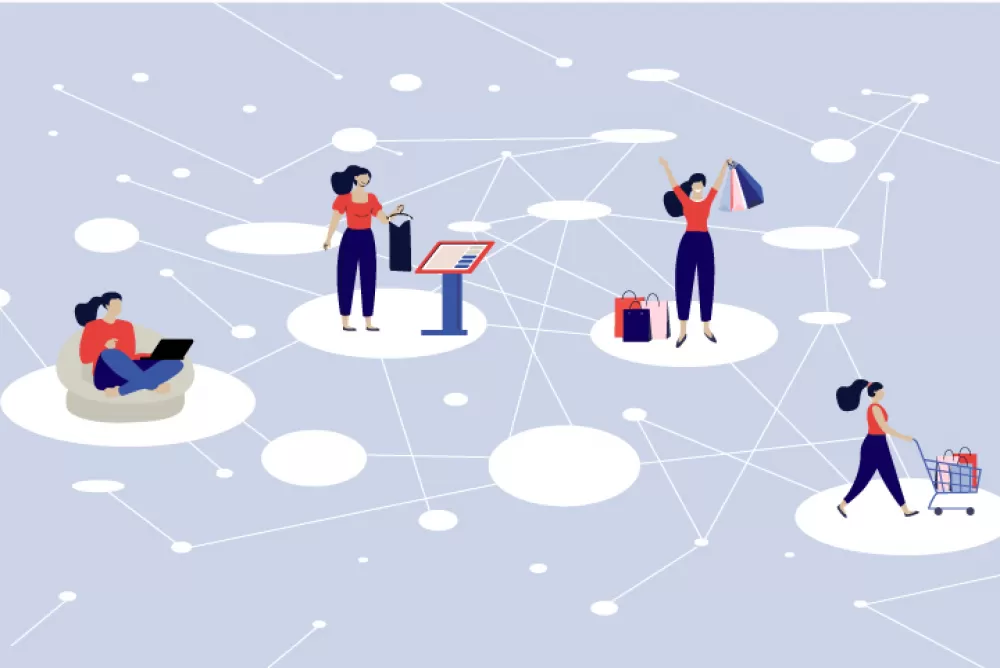
A conversation with Gayatri Joshi, head of DEI and talent process
Why is using the right personal pronouns the cornerstone of an inclusive culture?
GJ: When it comes to wellbeing of people at work, we fundamentally focus on two aspects – one is respect for the individual and the other is respect for the individual’s ability. Nothing else matters. Our constant endeavor is to base all our focus, emphasis, and decisions on these two aspects. Gender identity is a way for us to think about people in terms of respect and ability. As a society, we have evolved in terms of our awareness of gender identity and the idea is to reflect this sensitivity in our work culture.
In your experience, what are some of the common assumptions people make when it comes to gender inclusivity?
GJ: There are several. We tend to think that we can assume pronouns based on someone’s appearance; clothes, accessories, manner of speaking etc. What is worse is that once we know someone’s pronouns, we tend to stereotype people. That identity is non-binary, maybe an intellectual understanding we all have but when we walk into an office and meet someone transfemme for example, we may have to confront our inherent biases. So, gender fluidity is something that we must be able to interact with, not just know of and understand.
How should we set up a neutral environment to avoid misgendering?
GJ: There isn’t a right formula for this, but some of the ideas that we work with include being upfront about preferred pronouns in communication.

-
Be forthright:
You can include your pronouns in your email signature, or when you are introducing yourself. This signals that you are open to others using their preferred pronouns as well.

-
Use appropriate language:
A lot has changed when it comes to how our policy documents are now worded to ensure that the language reflects our intent. As an example, we don’t categorize people as male and female; we don’t categorize relationship status and use appropriate words like spouse and partner instead of husband and wife.

-
Ensure leadership commitment:
We need strong leadership support and commitment for gender non-conformity to be tangible because a non-binary identity can be particularly challenging in a business environment; a person could be easily misperceived or mistreated by someone who is unaware of gender identity nuances.

We kind of behavioral constructs do you advocate to anchor a truly inclusive work environment when it comes to gender inclusivity?
GJ: People may think that they are non-conformists, open-minded, and inclusive but through experiences and interventions, they may be proven wrong. Unconscious bias is a confronting moment. They must be humble enough to accept that no matter how they perceive themselves, blind spots must be addressed.
-
Don’t put people in a spot. If you want to know about someone’s personal experience, ask them privately; be respectful and polite. More importantly, should someone decline to discuss identity matters, don’t push them to answer.
-
Do not use humor inappropriately or pass around forwards and memes that stereotypes and stigmatizes.
-
Remember that people may be transitioning, which takes a long time. Try to create a safe environment with patience and empathy that supports exploration.
-
If you make a mistake, apologize, and make sure you understand the scenario and don’t repeat it.
What is your vision of a workplace free of discrimination?
I would say that we are walking in the right direction but there is a long way to go. And there will be shifts and pivots along the way. Two things that should guide our way are:
-
Educating ourselves with what’s prevalent, what’s changing and staying updated
-
Being open to change and tweaking our mindset, abilities, policies etc.
Everyone should be able to show up as their authentic self and do a job like everyone else; they should not spend time thinking of consequences and ask questions such as, “Who to share with and how much to share?” or wonder how their clothes might create a different perception etc. We do not want people to feel more agonized at work.













